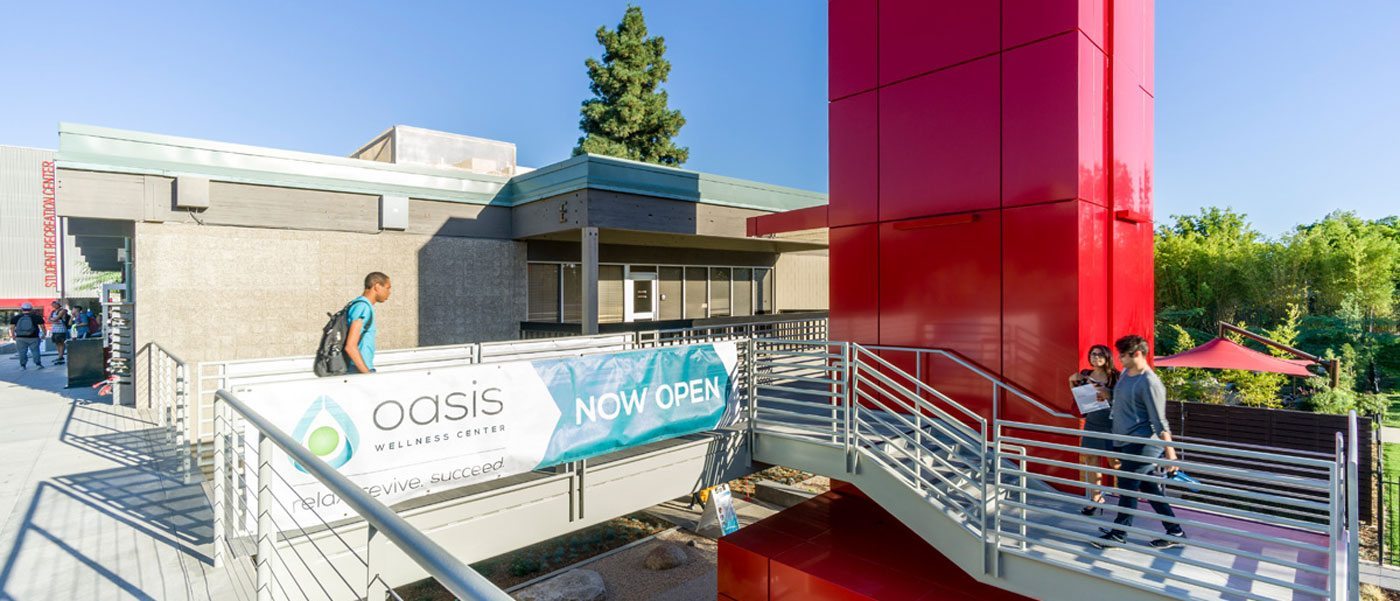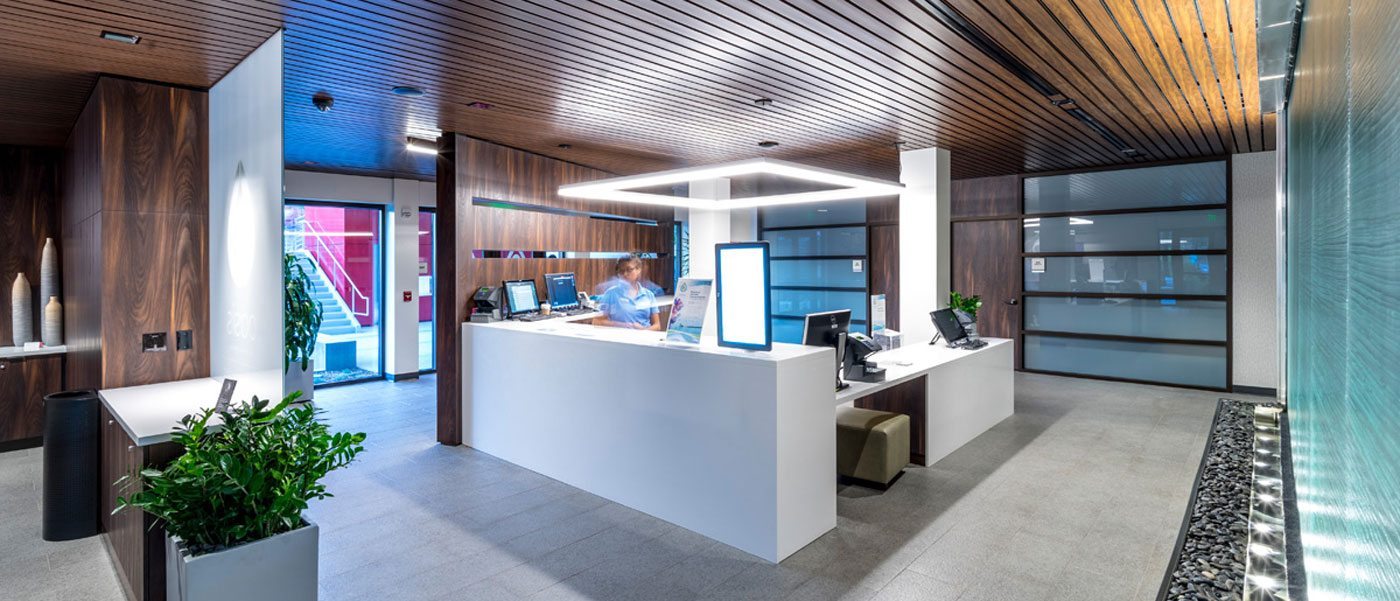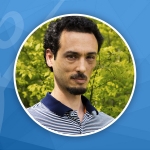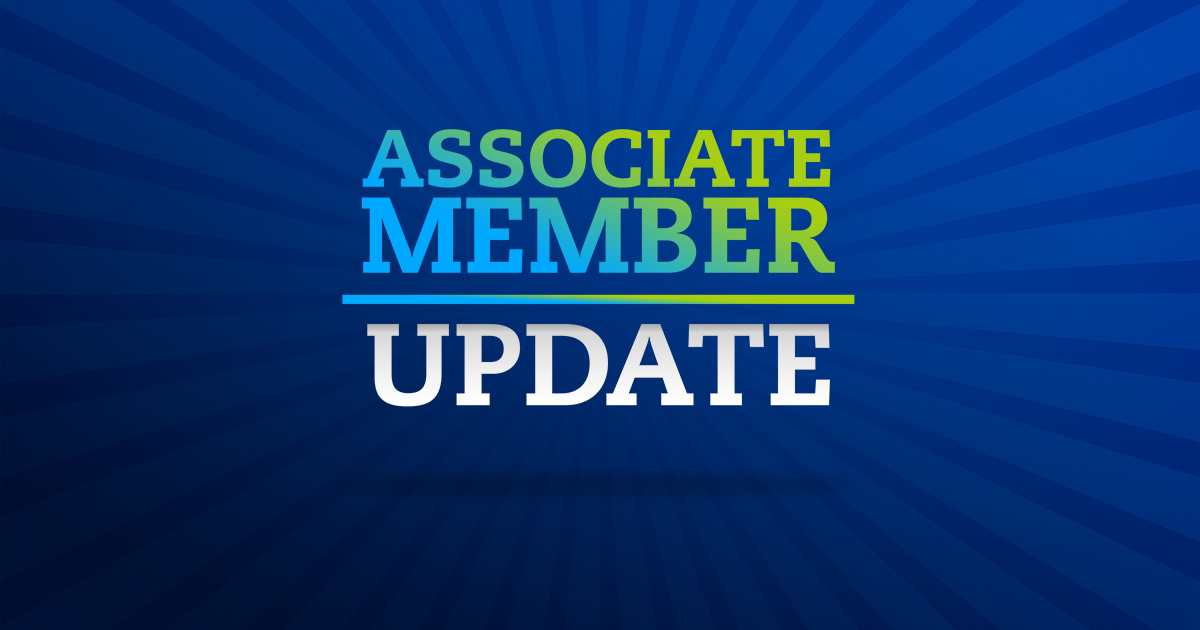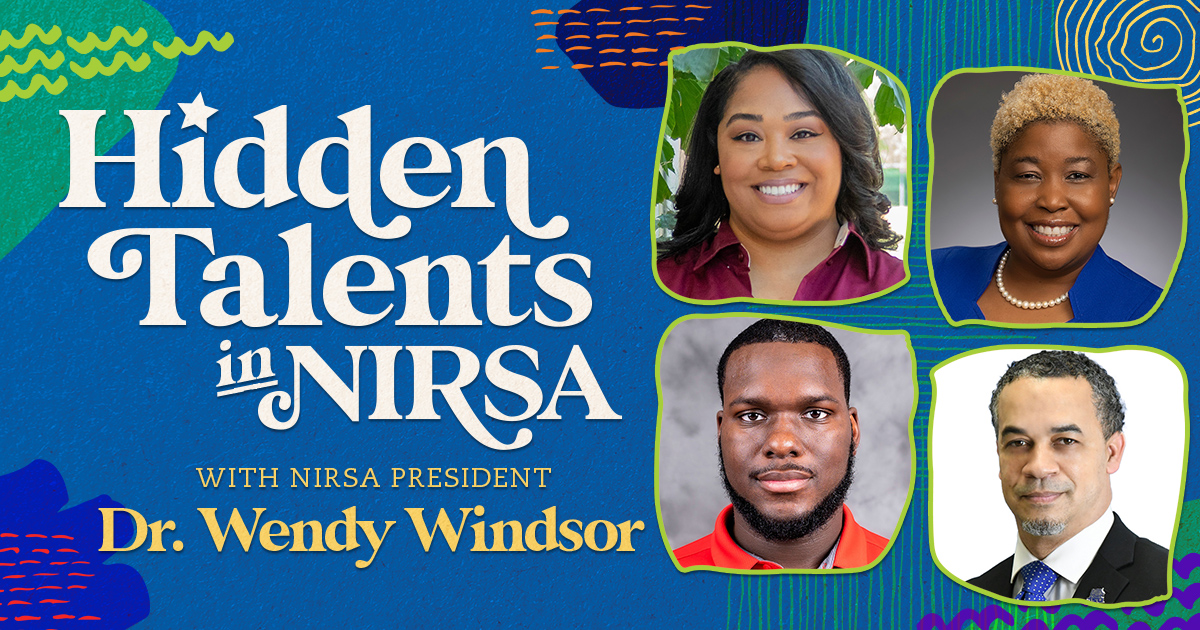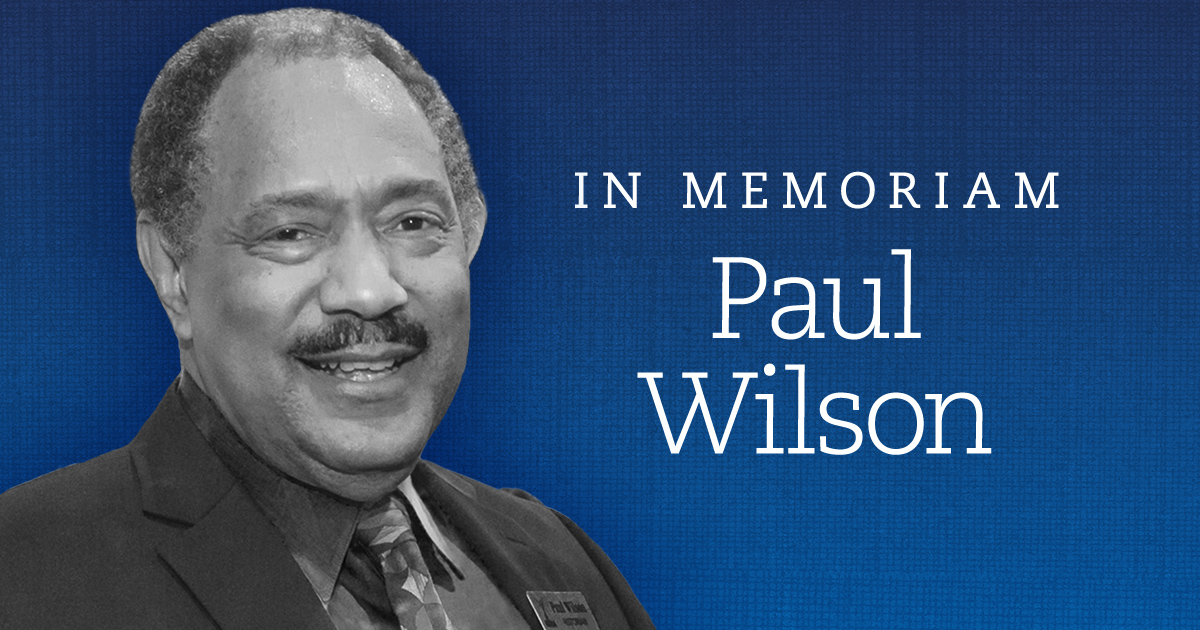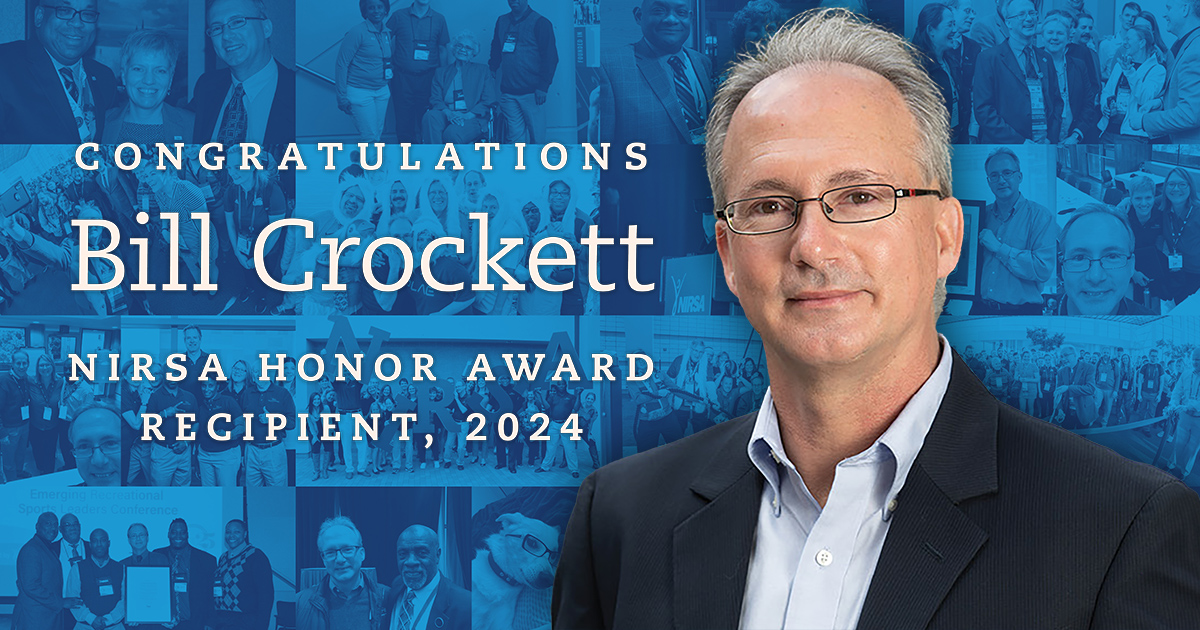Creating a culture of integrated wellness is emerging on college campuses as both a new concept and a re-imagining of traditional recreation offerings. Leading facilities often encompass preventive as well as reactive services including student health, counseling centers, and programming designed to appeal to historically-underserved populations.
The trend extends beyond facility design and usage. It marks a positive, health-conscious change in university reporting structures and goals. Campus recreation is being tasked by universities to implement this new concept of wellness on college campuses. Through recreation departments and personnel, many schools are embracing innovation regarding wellness. California State University-Northridge (CSUN) is one of the schools at the forefront of this emerging trend in collegiate recreation.
Good sleep hygiene is integral to wellbeing
Sleep deprivation, day-time sleepiness, and irregular sleep schedules are typical experiences for college students. According to the 2015 National College Health Assessment, in any given week during the school year, 58% of college students report being dragged-out tired or sleepy for at least three days a week. Most college students also report sleeping less than the recommended eight hours per night. They also report, on average, later bedtimes and earlier wake times.
These rates are substantially higher for college students than the general adult population. In fact, students are twice as likely as typical adults to be sleep deprived. While students have the same risk of developing a sleep disorder as the general population, this risk has consistently been shown to greatly decrease the likelihood of academic success.
For many, the college experience seems tailored to inducing and exacerbating sleep problems. The use of stimulants (prescribed and over-the-counter)—and the ubiquitous use of technology—are significant contributors to sleep deprivation and daytime sleepiness among college students. The professional (school-work commitments), psychosocial, and environmental pressures students face are unique to the college experience and are particularly insidious given the need for students to maximize their learning and personal growth.
California State University-Northridge students report high rates of poor sleep hygiene
Poor sleep hygiene—such as irregular sleep schedules, the use of technology before bed time, and other lifestyle factors typical for college students—greatly limit academic success. For institutions committed to student success, improving the sleep hygiene of its students is critical. Nearly a decade ago, CSUN learned just how critical it had become for them in particular.
In 2006, CSUN surveyed a sample of their student body to determine the primary barriers to graduation. The results surprised the administration. Dr. Yolanda Reid Chassiakos, Director and Medical Chief-of-Staff for the Klotz Student Health Center, describes the administration’s reaction at the time: “We expected that the major impediments to student success might be alcohol and substance abuse/misuse. Instead, we were surprised to see that sleep was the second concern—stress was the first—reported by students.” The survey results showed that the rates of sleep problems reported at CSUN were higher than the averages reported at other colleges and universities.
“We were surprised to see that sleep was the second concern reported by students.”
CSUN administrators knew that there was a considerable need within the CSUN campus community for programs and services that would address sleep problems and potentially improve students’ health, wellbeing, and overall academic success. This need, and the opportunity to actively address it, was the impetus that ultimately led CSUN administrators from across campus to embark on a project that would change the student experience on the CSUN campus—a project that is making ripples across the field of collegiate recreation.
Laying the groundwork for a future oasis
Prior to 2006, health promotions at CSUN largely involved educational campaigns regarding family planning and sexual education, drug abuse education and prevention, and other discrete areas of a student’s health. Armed with this new data, however, campus health promotion efforts shifted. Addressing the sleep hygiene of students became a new focus for the CSUN administration.
Marianne Link, Assistant Director, Health Promotion at the Klotz Student Health Center, notes that “it was important to base the health and wellness services we offered at CSUN on the needs of our students.” CSUN’s Klotz Student Health Center and the University Student Union would begin collaborating in 2007 to develop sleep hygiene educational programs as well as a myriad of other health and wellness services. These were delivered through a small satellite facility called the Living Well Lounge.
“Student peer health educators, interns, and graduate assistants gained real-life experience applying the concepts learned in the classroom.”
Jimmy Francis, Director of the Student Recreation Center, explains that this facility was intended “to provide an accessible space for students to obtain health education services.” The Living Well Lounge was also intended to be a learning laboratory that would offer services for students by students. “Student peer health educators, interns, and graduate assistants gained real-life experience applying the concepts learned in the classroom.” explains Marianne Link. This peer-centric, educational approach to providing sleep hygiene services would later serve as the model for CSUN’s future Oasis Wellness Center.
The sleep hygiene and wellness services—including massage, aromatherapy, and peer counseling—provided at the Lounge were “very effective in helping the students that accessed the information and services provided,” says Dr. Yolanda Reid Chassiakos. However, the demand for these services quickly outpaced the supply and it became clear relatively quickly that an expansion of space as well as services was necessary to serve more students.
The road to an oasis
By 2011, the demand from students had reached a fever pitch. Leaders from across campus had taken note and championed the value of offering these services on a much larger scale. Eventually, they proposed the construction of a full-service wellness center. As Jimmy describes it, “Red tape was cut, departmental territories were set aside, silos were torn down, and a passionate team emerged.” After a year of construction, the 16,000-square-foot Oasis Wellness Center was opened to the CSUN campus in 2015. The project was funded by the University Student Union instead of state funding and was launched with the express purpose of serving the health and wellness needs of students and, in particular, the sleep hygiene needs of CSUN’s students.
“Providing a space like the Oasis allows students to disconnect…and is beneficial to their overall health.”
The Oasis Wellness Center—commonly referred to as just the Oasis—has been very well received by students, and many collegiate recreation programs and other organizations are taking note of the innovations found in the Oasis model. The facility, designed by LPA, Inc., offers indoor and outdoor lounge spaces, acupuncture, meditation, yoga, massage therapy, stress relief, health and wellness workshops, and everyone’s favorite (the object of much envy on the part of faculty and staff) power-napping sleep pods for students. “Providing a space like the Oasis allows students to disconnect from both the physical stress of campus and also the technology-based distraction in their lives and is beneficial to their overall health,” explains Jimmy.
The services and programs at the Oasis continue to expand from its humble roots with a continued emphasis on providing innovative approaches to addressing student needs. “What we are finding is that less traditional and more unique programs seem to be what students are most interested in,” says Jimmy. To meet this need, the Oasis has diversified its offerings; art therapy, guided mediation, massage chairs, and acupuncture (for a fee) are all offered to students.
The most notable and innovative feature in the Oasis is the presence of nap pods, provided by NIRSA Associate member MetroNaps, which are intended to provide students with the opportunity to recharge during the day. The napping pods position users in an optimal, reclined sleeping position while relaxing music is played. The pods also massage the user and emit a calming light. Taking naps in these pods allows students to continue with their day without the feelings associated with sleep deprivation.
In the fall of 2015, 3,800 naps were taken. Comments gathered from users showed an overwhelmingly positive response. “It [using the nap pods] really makes the rest of my day easier,” claims one user. “Using the pods really helped me calm my stresses,” says another. Still another napper adds: “Stopping by [at the Oasis) between classes, or before tests, allows me to feel much more relaxed and ready.” A year after opening, reports of sleep and stress problems decreased among CSUN students and the Oasis averaged 500 visitors a day in the first year alone.
Bumps along the way
Despite a very successful first year of operation, there were certainly challenges to opening this new facility. Coordinating the merger of multiple student record systems between multiple departments—all in the name of effectively delivering services at the Oasis—proved especially challenging. But, as Marianne Link reminds us: “Challenges provide opportunities for us to work together to grow and improve. Synergy is key to the Oasis Wellness Center’s success.”
“Challenges provide opportunities for us to work together to grow and improve.”
Through ongoing collaboration and persistence, old challenges were overcome and new ones continue to be met by keeping student needs at the forefront of the minds of Oasis leaders and collaborators. And the concept of the learning laboratory has expanded beyond students and peer educators.
Jimmy remembers: “Our first year of operation was a learning process for all stakeholders involved. Our collaborators continue to evaluate and assess what programs they are offering and if they are hitting their targets.” More importantly, the Oasis Wellness Center, its staff, and their services have evolved as they face each challenge head-on with deliberate effort, striving for what is right and best for students.
Wellness is a core value for NIRSA and for collegiate recreation
The Oasis Wellness Center’s emphasis on serving and addressing the sleep needs of CSUN students continues to garner attention from across the nation. The Oasis routinely hosts visiting recreational professionals and visitors observe this model first-hand to discuss how they could implement something similar.
“Like so many trends and challenges that have cycled through the past,” Jimmy says, “sleep challenges among students has become one of those issues that we as recreation and wellness professional are now starting to recognize as a priority.” CSUN’s mission to promote the welfare and intellectual progress of students continues to be met in part by the work of the staff at the Oasis Wellness Center and the collaborators across campus who ensure the effective delivery of student services.
The ongoing work taking place at the Oasis represents the cutting edge of NIRSA’s Mission: to be a leader in higher education and the advocate for the advancement of recreation, sport, and wellness. NISRA members and member institutions, such as CSUN, continue to advance the field of collegiate recreation through the effective delivery of programs and services that meet the needs of students while representing the best of what we have to offer as a professional member organization.
Learn more
This member spotlight is part of an extended series exploring the emerging trend of integrated wellness in campus recreation. NIRSA’s emerging trends in collegiate recreation project is supported by Precor.
For more information about the Oasis Wellness Center at California State University Northridge, please contact Jimmy Francis, Director of the Student Recreation Center. If you have questions about NIRSA’s Emerging Trends in Campus Recreation project, please contact Ruben Guzman, NIRSA’s Research Coordinator. The conversation about creating a culture of health and wellbeing will continue at the 2017 NIRSA Annual Conference. Registration will open in early November for the 2017 NIRSA Annual Conference & Campus Recreation and Wellness Expo, February 21-24, in National Harbor, Maryland.[/fusion_builder_column][/fusion_builder_row][/fusion_builder_container]
Ruben Guzman is currently the Research Coordinator at NIRSA



